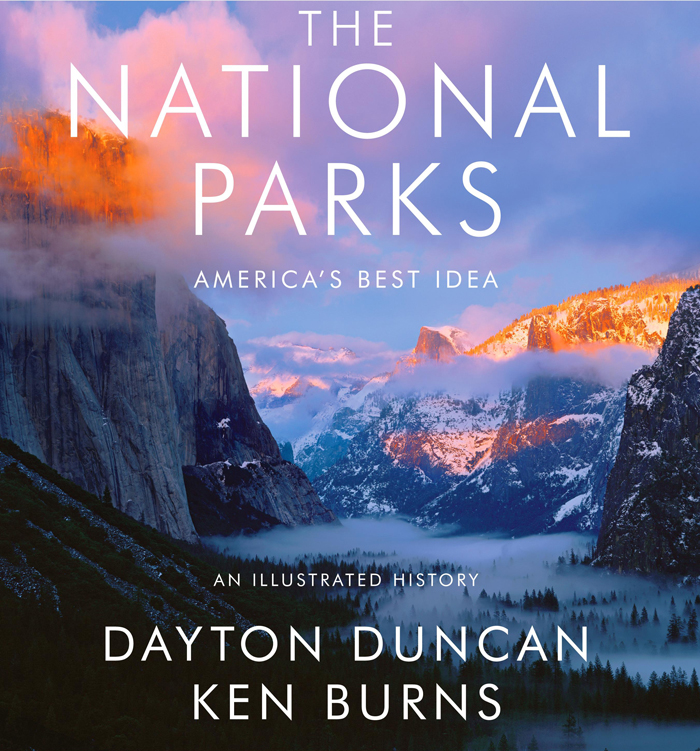We may earn revenue from the products available on this page and participate in affiliate programs. Learn More ›



















Ken Burns’ “National Parks:America’s Best Idea” debuts on PBS Sunday. Here’s an exclusive sneak peek at this cinematic milestone.
By Outdoor Life Team
Updated on Feb 1, 2021 1:04 PM EST
11 minute read

We may earn revenue from the products available on this page and participate in affiliate programs. Learn More ›



















Ken Burns’ “National Parks:America’s Best Idea” debuts on PBS Sunday. Here’s an exclusive sneak peek at this cinematic milestone.